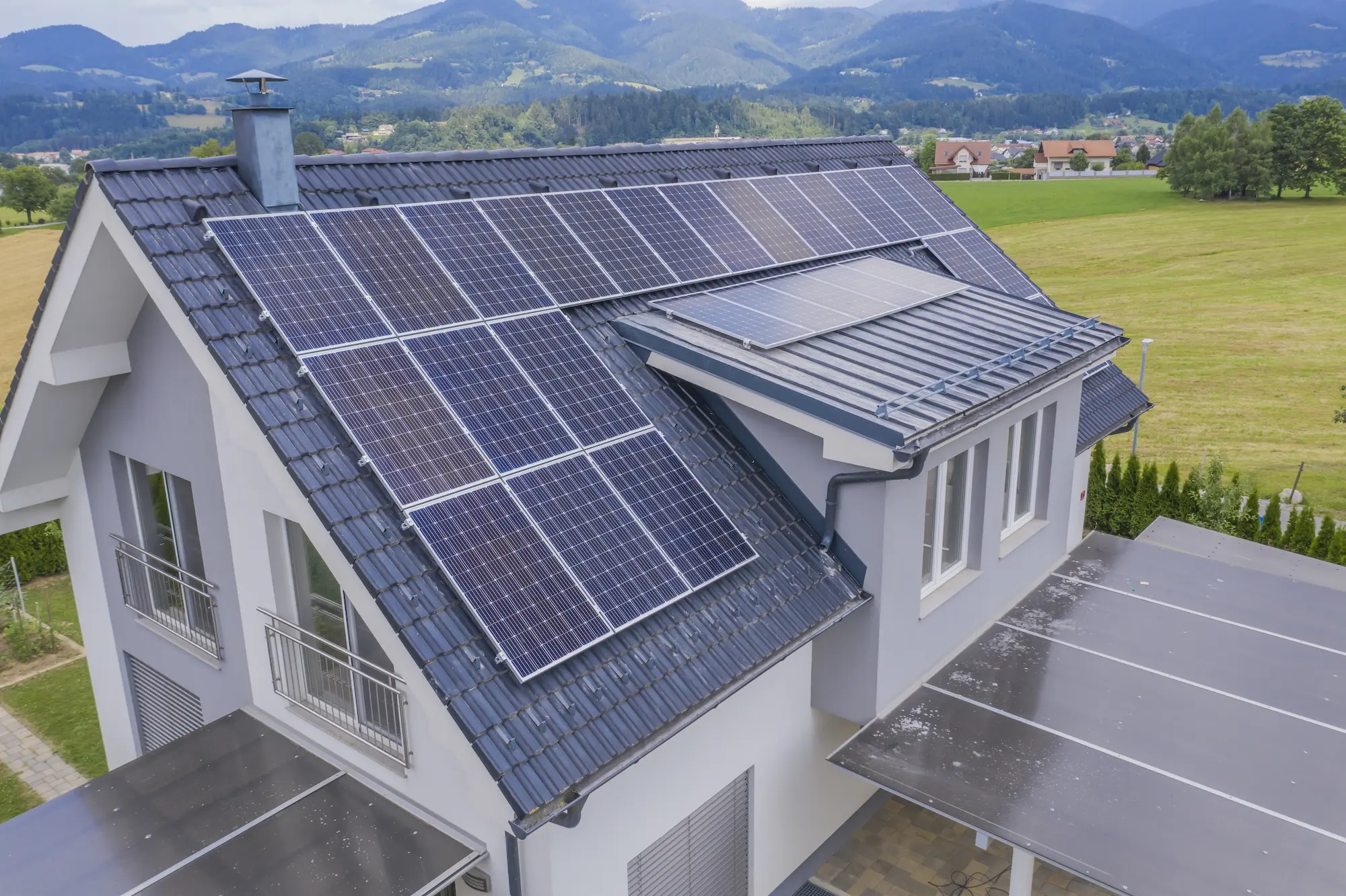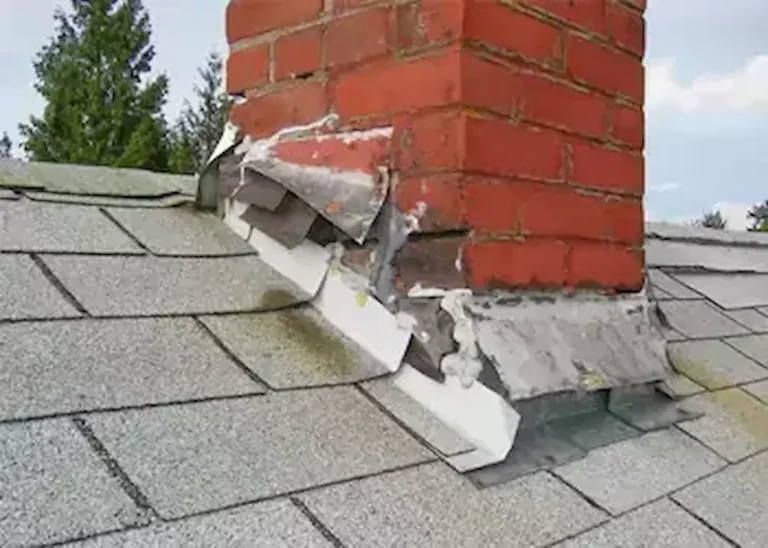In 2025, roof repairs aren’t just about fixing leaks—they’re about safeguarding your home against extreme weather, improving energy efficiency, and avoiding costly long-term damage. With climate-related storms increasing by 18% since 2020 and 72% of roofing contractors expecting residential sales growth this year, homeowners are prioritizing durable, modern solutions. This guide combines the latest industry data, cost trends, and expert insights to help you make informed decisions.
Why Timely Roof Repairs Matter More Than Ever
The Rising Cost of Delaying Repairs
A single missing shingle or small leak can escalate into major structural damage if ignored. In 2025:
- Water damage from unrepaired leaks costs homeowners an average of $4,300 per incident.
- Insurance claims for storm-related roof damage have risen 23% since 2023 due to severe weather patterns.
- Homes with neglected roofs sell for 12% less than those with well-maintained roofing systems.
Industry surveys show 77% of contractors expect residential roofing sales to grow through 2027, driven by both new installations and repairs.
Common Roofing Problems in 2025 (and How to Fix Them)
1. Storm Damage
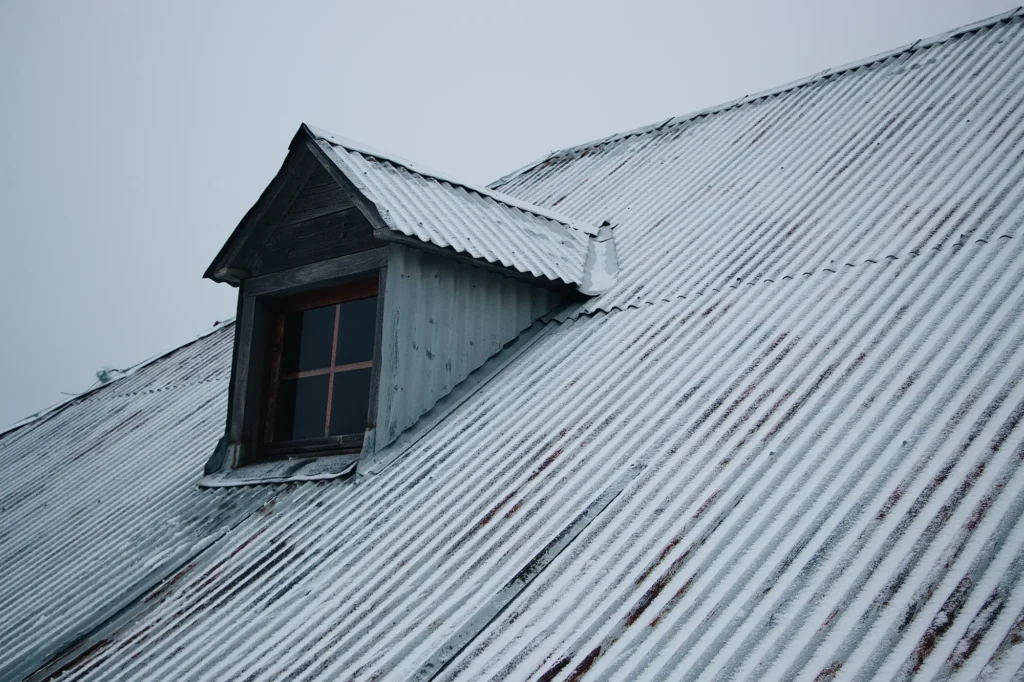
High winds, hail, and heavy rain cause 58% of repair calls. Key fixes:
- Shingle Replacement: Laminate shingles (used in 31% of homes) resist wind better than traditional 3-tab styles.
- Flashing Repairs: Improperly sealed flashing around chimneys or vents accounts for 34% of leaks.
Comprehensive Guide to Storm Damage Roofers: Protecting Your Home in 2025
2. Aging Materials
Asphalt shingles last 15-30 years but show wear through:
- Curling edges
- Bald spots from granule loss
- Moss growth in humid climates
Pro Tip: Southern U.S. homeowners report 81% higher repair needs due to humidity and hurricanes.
3. Poor Installation
Cheap contractors often skip critical steps:
- Inadequate underlayment
- Incorrect nail placement
- Poor ventilation leading to ice dams
MasterCraft Roofing found 40% of emergency repairs stem from prior low-quality work.
2025 Repair Options: Materials & Costs Compared

| Material | Avg. Cost per Sq. Ft. | Lifespan | Best For |
|---|---|---|---|
| Asphalt Shingles | $4.36 – $8.36 | 15-30 yrs | Budget-friendly |
| Metal Roofing | $19.62 | 40-70 yrs | Storm-prone areas |
| Silicone Coating | $3.50 – $7.50 | 10-15 yrs | Flat roof leaks |
| Solar Tiles | $21.00 – $35.00 | 25+ yrs | Energy savings |
Case Study: A Texas family avoided $12,000 in structural damage by spending $1,800 on proactive shingle repairs after a hailstorm.
Choosing a Roofing Contractor: 5 Red Flags to Avoid
- No Local Reviews: 70% of roofers lack verifiable customer feedback.
- High Pressure Sales: Reputable companies like Sears Home Services provide free inspections first.
- Outdated Techniques: Top firms now use AI-powered estimates and drone inspections.
- No Warranty: 89% of quality contractors offer 10+ year guarantees.
- Cash-Only Deals: Licensed pros accept insurance and financing.
The Future of Roof Repairs: 2025 Tech Trends
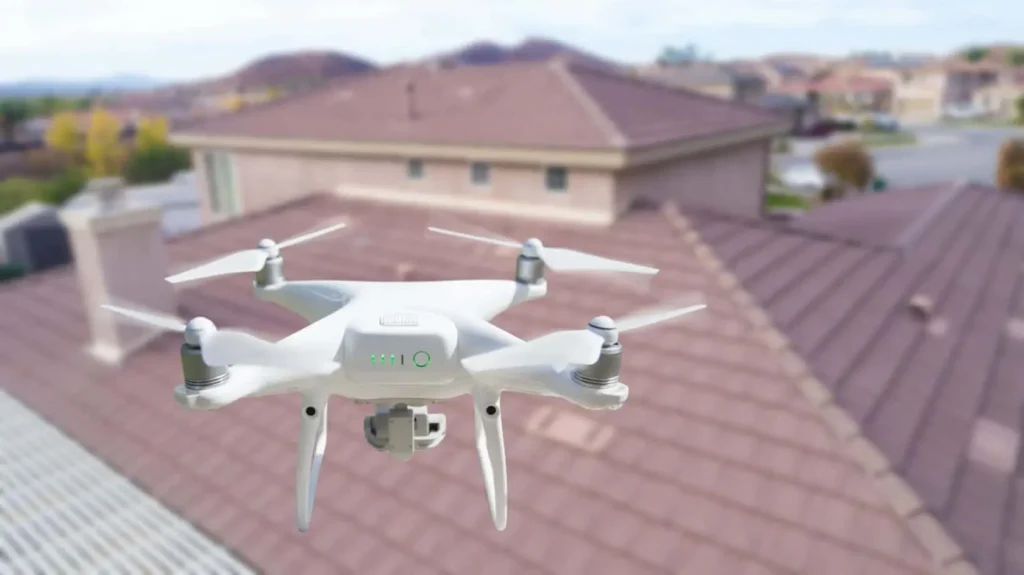
1. Self-Healing Shingles
New polymer-based materials automatically seal minor cracks, reducing repair frequency by 37%.
2. Drone Inspections
Roofers using drones:
- Cut inspection time from 2 hours to 15 minutes
- Spot 92% of hidden issues (vs. 65% visually)
3. Smart Roof Sensors
Devices alert homeowners via app about:
- Temperature spikes (indicating poor insulation)
- Moisture buildup
- Loose shingles
Maintenance Checklist: Protect Your Roof in 2025
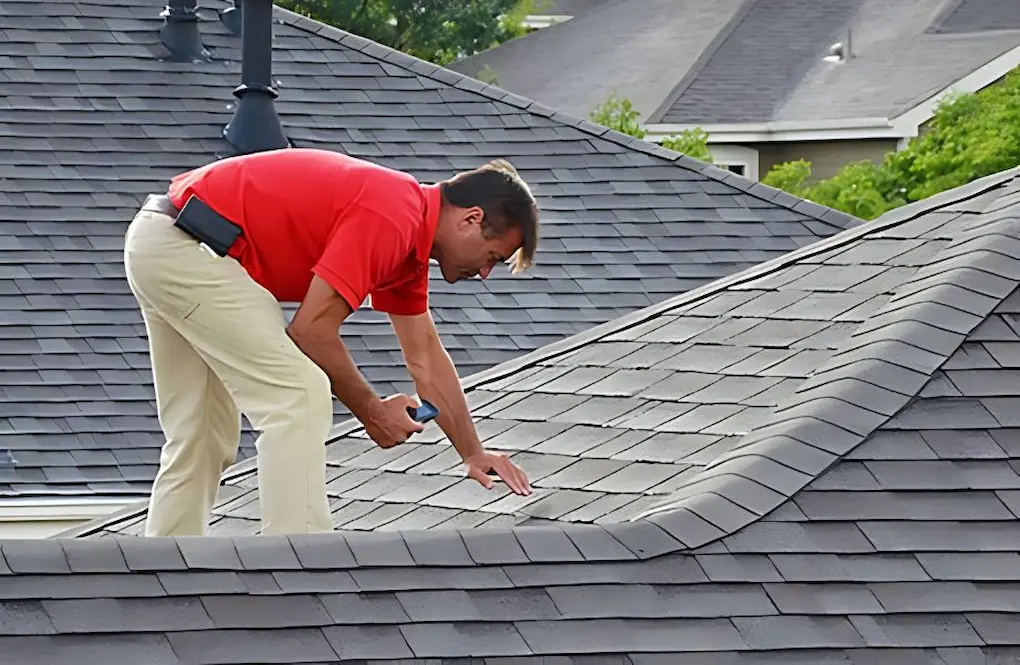
- Bi-Annual Inspections: Spring and fall, especially after storms.
- Clean Gutters: Clogs cause 27% of ice dam issues.
- Trim Overhanging Branches: Prevent abrasion and rodent access.
- Check Attic Ventilation: Poor airflow reduces shingle lifespan by 8 years.
- Apply Reflective Coatings: Cut cooling costs by 16.6%.
What Kind of Roofing Maintenance Do Professional Roofing Companies Do?
When to Repair vs. Replace
Repair If:
- Damage covers <30% of the roof
- Shingles are <10 years old
- No recurring leaks
Replace If:
- Multiple layers exist (most codes allow only 2)
- Frequent repairs exceed 50% of replacement cost
- Energy bills spike due to poor insulation
Conclusion: Act Now, Save Later
With 80% of roofing companies adopting advanced tech like 3D printing and solar integration, 2025 offers more durable, efficient solutions than ever. Whether you’re addressing storm damage or upgrading for energy savings, timely repairs protect your biggest investment—your home.
Know More About: DIY Roof Repair Guide: Tackling Small Jobs and Minor Repairs in 2025
Need Help? Start with a free drone inspection from certified contractors. As MasterCraft Roofing’s clients found, “A $150 inspection once saved us $8,000 in mold remediation”.
How do I know if my roof damage is covered by insurance?
Check your policy for coverage of sudden events like storms or hail; wear and tear or neglect isn’t covered, per the Insurance Information Institute. Contact your insurer or use our tool to draft a claim letter with the right details.
What is the risk of leaks with new flashing if not installed properly?
Improper installation, like cutting below old lines, can cause leaks within 2 years, so professional work is crucial.
How do you secure a tarp on a roof without nails?
What is the difference between roof repair and roof replacement, and when is each appropriate?
Roof repair addresses minor damages, like a single missing shingle, and is appropriate if damage is under 30% and shingles are young. Replacement is needed for old roofs with multiple layers or frequent repairs exceeding 50% of replacement cost, ensuring long-term efficiency, as per This Old House.
How do drone inspections help in roof maintenance?
Drone inspections reduce inspection time, spot 92% of hidden issues compared to 65% visually, and enhance safety by minimizing worker roof access. This efficiency, as noted in Sears Home Services Roofing Trends, can save homeowners significant time and costs, with a case study showing a $150 inspection saving $8,000 in mold remediation.
What are the benefits of using self-healing shingles?
Self-healing shingles, made from thermoplastics, automatically seal minor cracks, reducing repair needs and extending lifespan. This technology, detailed in Refined Exteriors, saves costs and maintains roof integrity, ideal for long-term home protection.
How often should I inspect my roof, and what should I look for?
Inspect bi-annually in spring and fall, especially after storms, checking for missing or curling shingles, moss growth, and ensuring proper ventilation and clean gutters. Clogs cause 27% of ice dam issues, and poor airflow reduces shingle lifespan by 8 years, according to the blog's maintenance checklist.
What are the average costs for different roof repair materials in 2025?
Based on 2025 data, costs are as follows:
| Material | Avg. Cost per Sq. Ft. | Lifespan | Best For |
|---|---|---|---|
| Asphalt Shingles | $4.36 – $8.36 | 15-30 yrs | Budget-friendly |
| Metal Roofing | $19.62 | 40-70 yrs | Storm-prone areas |
| Silicone Coating | $3.50 – $7.50 | 10-15 yrs | Flat roof leaks |
| Solar Tiles | $21.00 – $35.00 | 25+ yrs | Energy savings |
These costs reflect industry trends, with asphalt shingles being the most common choice for affordability, as per Angi Roof Replacement Cost.
What red flags should I look for when hiring a roofing contractor?
Red flags include no local reviews, high-pressure sales, outdated techniques, no warranty, and cash-only deals. The blog notes that 70% of roofers lack verifiable feedback, and reputable companies like Sears Home Services offer free inspections first, ensuring trust and quality.
What are the latest technological trends in roof repairs for 2025?
Key trends include self-healing shingles, which reduce repair frequency by 37% by sealing minor cracks; drone inspections, cutting time from 2 hours to 15 minutes and spotting 92% of hidden issues; and smart roof sensors alerting via app about temperature spikes, moisture, and loose shingles. These innovations, as seen in Owens Corning Roofing, enhance durability and efficiency.
What are the most common types of roof damage reported in 2025?
The most common types include storm damage (high winds, hail, and heavy rain, accounting for 58% of repair calls), aging materials (curling edges, granule loss, moss growth), and poor installation (inadequate underlayment, incorrect nail placement, poor ventilation leading to ice dams). These issues are prevalent due to climate changes and construction practices, as noted in the blog.
How can I determine if my roof needs repair or replacement?
Repair is suitable if damage covers less than 30% of the roof, shingles are under 10 years old, and there are no recurring leaks. Replacement is recommended if multiple layers exist, frequent repairs exceed 50% of replacement cost, or energy bills spike due to poor insulation. This decision impacts long-term costs and home efficiency, as highlighted in the blog's case study of a Texas family saving $12,000 with proactive repairs.
Why is it important to address roof repairs promptly in 2025?
With the increasing frequency of extreme weather events and rising costs, timely repairs are crucial to prevent costly structural damage and maintain home value. Research shows water damage from unrepaired leaks averages $4,300 per incident, and insurance claims for storm-related roof damage have risen 23% since 2023. Homes with neglected roofs sell for 12% less, according to industry surveys, emphasizing the financial and safety benefits of prompt action.

